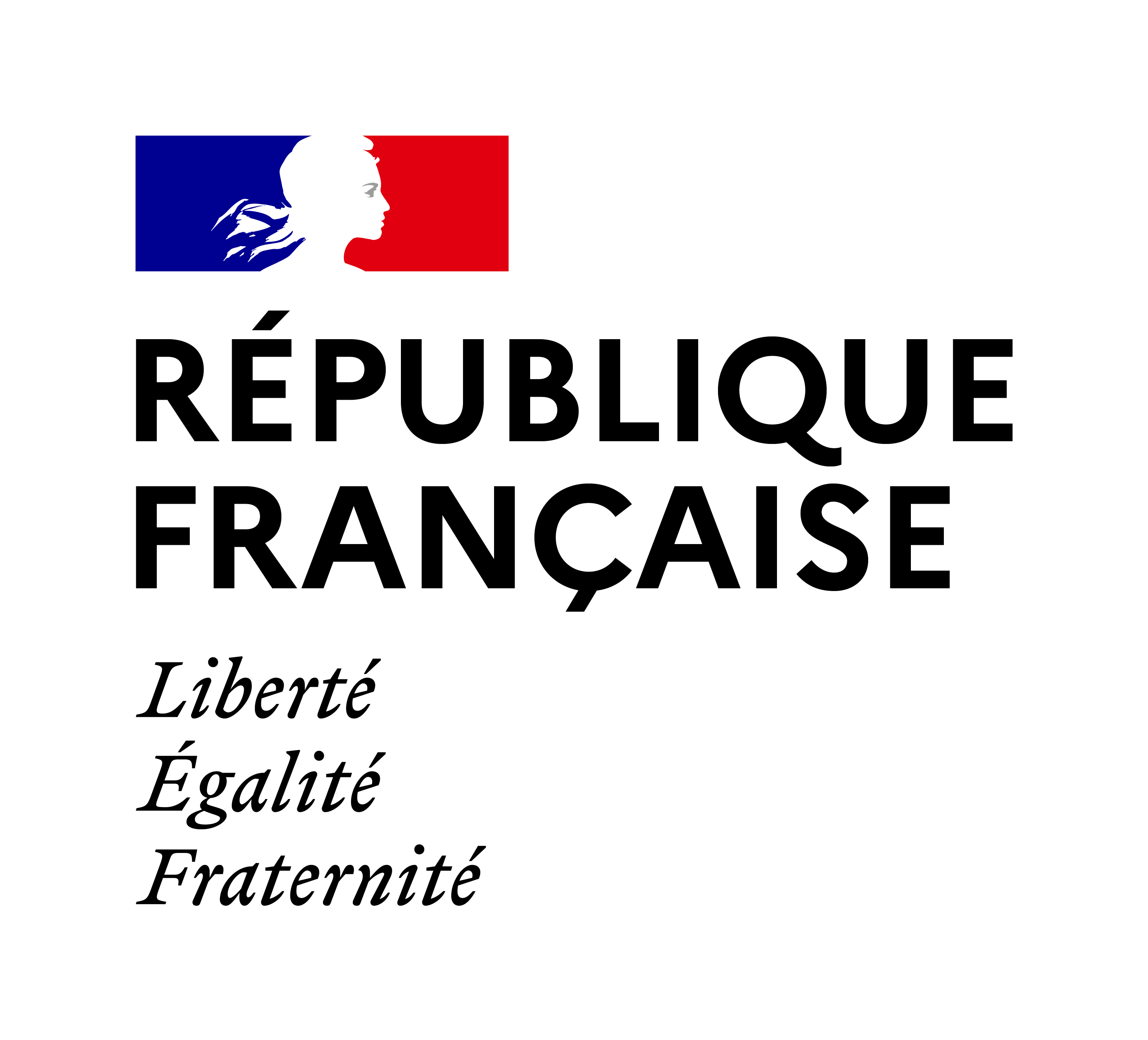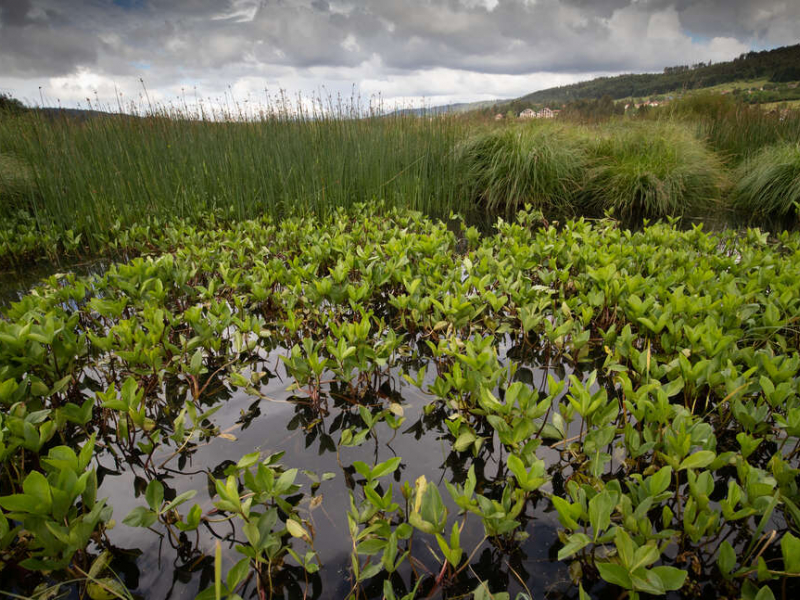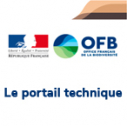World Wetlands Day 2023
In 2021, the United Nations General Assembly proclaimed February 2 as "World Wetlands Day", the anniversary of the signing of the Ramsar Convention on Wetlands. In France, this event is celebrated for a whole month with several highlights.
What is World Wetlands Day?
The World Wetlands Day (WWD) is celebrated every year on February 2nd, to commemorate the signature of the Convention on Wetlands, on February 2nd 1971, in the Iranian city of Ramsar on the Caspian Sea. It is an opportunity for many actors - associations, communities, companies, ... - to raise awareness of the importance of preserving and restoring wetlands in our territories.
For the 2023 edition on the theme "It’s time for wetlands restauration", more than 700 activities are proposed on the platform "I act for nature" during the month of February throughout France: nature excursions, conferences, film screenings, cultural activities, tasting stands of local products, storytelling evenings, etc. It is also possible to act for wetlands by participating in nature workshop or by taking advantage of nature excursions to discover the richness of these environments.
Why protecting wetlands?
Between 1960 and 1990, more than 67% of wetlands in France disappeared. The disappearance of these environments has serious consequences: devastating floods, repeated drying up of springs and rivers, water pollution, increased erosion of banks and soils, loss of biodiversity...
Wetlands play an essential role in the supply of water for human consumption but also for agricultural and industrial needs in times of drought. Thanks to their role as natural sponges capable of restoring the water they are filled with, wetlands can recharge or maintain the level of groundwater when rainfall is lacking. Another example: part of the water supply for the inhabitants of Bordeaux and Clermont-Ferrand (2 large French cities) comes from wetland catchments.
Wetlands are buffer zones between the land and groundwater. They are therefore able to purify water by trapping or transforming excess nutrients (nitrates, phosphates). They can also help maintain the quality of bathing water, as is the case in Royan, on the Atlantic coast. Indeed, to restore and preserve the quality of bathing water on its beaches, the municipality has chosen to classify the wetlands upstream - 44 hectares of marshes - as totally protected (no use of fertilizers or pesticides).
Wetlands are also climate change buffers. They store atmospheric carbon, preventing large quantities of CO2 from reaching the atmosphere. They absorb water and slow down its circulation, thus reducing floods. In summer, they support river flows by releasing stored water and contribute to cooling the air. Coastal wetlands provide a natural barrier, slowing waves and wind energy but also limiting coastal erosion.
Finally, wetlands are home to a considerable number of animal and plant species - halophytic plants and almost all amphibians, but also a multitude of mollusks, crustaceans, fish, birds... Covering only 6.4% of the surface of the continents, they are home to 40% of the planet's species, including 12% of animal species (Ramsar 2010). In France, about 50% of bird species depend on them (National Wetlands Plan, 1995).
What is the role of the OFB in the preservation and restoration of wetlands?
The OFB coordinates the resource center on wetlands with the focal points for wetlands in order to help local stakeholders in implementing wetlands preservation and restoration projects. Seminars, web conferences, technical exchange days and training sessions are held on mainland France and overseas territories.
In 2023, several tools should be created, including the updated national method for assessing the functions of wetlands, national maps of environments and wetlands, and a reference document on waterlogging in continental wetlands.
The agency also aims to better assess the state of biodiversity and the impacts of human activities on it (pollution, fragmentation and modification of habitats, overexploitation, invasive species, etc.).
Finally, the OFB participates with the deconcentrated administrations in laws and regulations enforcement related to water (pollution of the resource, damage to wetlands or coastline), natural areas, wild flora and fauna (game or protected species, fight against species trafficking), hunting (counter-poaching, reinforcement of hunting safety) and fishing. Nearly 800 controls in wetlands and marshes are carried out per year.





